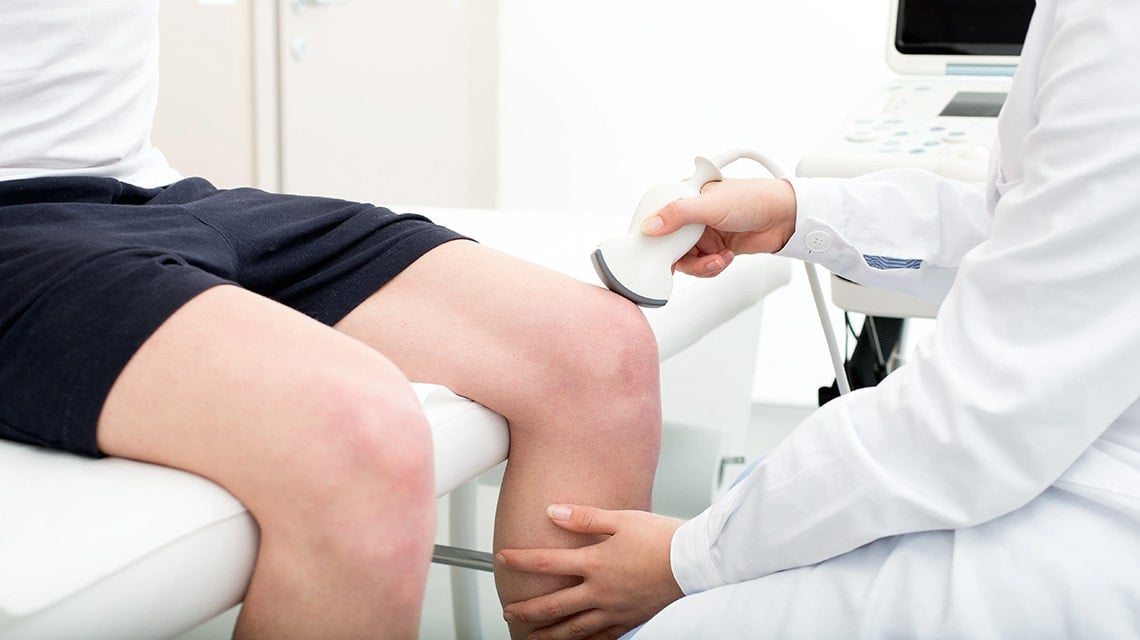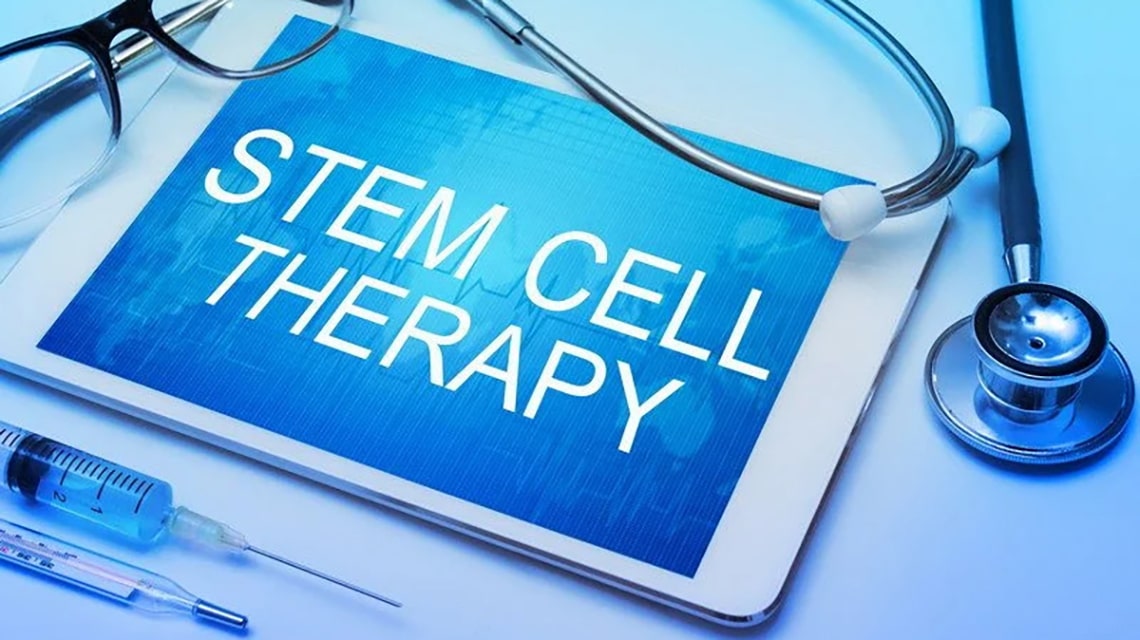Beyond Traditional Imaging: The Benefits of Ultrasound in Regenerative Medicine

Recently Dr. George Chang Chien, a renowned regenerative and pain medicine expert, presented a webinar “Integrating Ultrasound Into Your Regenerative Medicine Practice.” He touched on several points emphasizing the usefulness of ultrasound regenerative therapies. Highlighting the advancements in the field, ultrasound-guided regenerative therapies are revolutionizing the way practitioners approach and treat a myriad of musculoskeletal conditions.
Ultrasound provides a more comprehensive view of the body, allowing for a better assessment of soft tissue structures like tendons and ligaments. X-rays have limitations in diagnosing musculoskeletal injuries, and there's an increasing need for targeted treatments that address specific pathologies. Ultrasound can be used to accurately diagnose and treat various conditions, ranging from knee pain to muscle tears. Ultrasound is a valuable tool in regenerative medicine for its diagnostic capabilities and ultrasound-guided injections.
A Comprehensive View:
Despite previous beliefs, using a smaller syringe and high aspiration velocity doesn't necessarily lead to higher CFUs. It’s critical to advance into the bone without slipping into other structures. Ultrasound gives real-time image guidance and the ability to map out the procedure, but it requires expertise and experience to recognize normal and abnormal findings.
There's a steep learning curve for this ultrasound application. Dr. Chang Chien recommends physicians take courses for ultrasound-guided regenerative treatments. There are a number of sources for such courses including the World Institute of Pain and the World Academy of Pain Medicine United. There are benefits to joining the World Institute of Pain for educational symposiums and meetings.
Some orthopedic surgeons are skeptical of regenerative medicine, but there's ample evidence to support its efficacy. The ultimate goal is to improve patients’ lives and delay surgery, and there are virtually no downsides to regenerative treatments. In his own practice, Dr. Chang Chien utilizes PRP and BMC injections. He recognizes the growing evidence surrounding the effectiveness of protein concentrate like A2M, which has anti-inflammatory properties.
He also conducts a thorough physical exam, imaging, and ultrasound evaluation prior to treatment. Regardless of the regenerative substance he injects, the most significant aspect is correct needle placement, which ultrasound ensures.
Overall, ultrasound-guided regenerative medicine is poised to become an indispensable tool. It gives orthopedists a better picture of what’s going on with specific pathologies before treating them. Embracing ultrasound allows patients who either don’t require surgery immediately or aren’t good candidates for surgery to still experience healing and relief.


